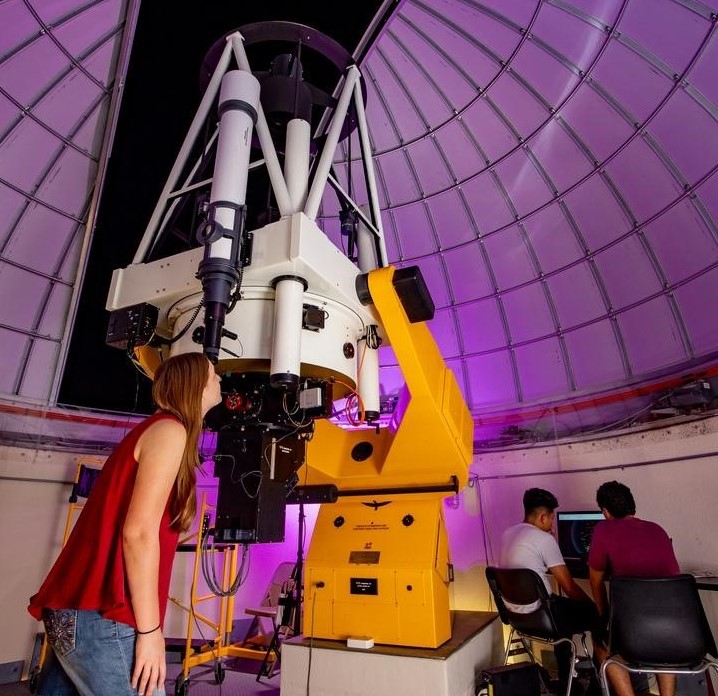Document Type
Conference Proceeding
Publication Title
Proceedings of SPIE, Hybrid Image and Signal Processing VII
Abstract
The physical objective is to create, for a time span of about an hour, an antenna reflector with an equivalendti aampeetretrure of about 300 kilometers. as shown in the last part of the introduction. To do this with the convex ocean surface requires useof ocean surface waves. The oweda system determines the surface wave source for a given reflectivity (from a floor slide to ship wakes). The most useful part of the oweda system is coordination of highly data intensive post processingissues involved with transient structural analysis. Transient analysis automation tends to hide details and provide too much data. OWEDA performs calculations and accumulate statistics during the analysis of the data so that extra storage is not necessary. The owedaState.c report takes far less space than one time step of data, S(n) = ®(n) and the operations run in tandem, T(n) = ®(n). The time complexity analysis shows how loose bounds on some processes can be overcome by tight bounds on others for an overall tight time complexity bound on the algorithm. Finite Element Analysis (FEA) simulation deflection vector results. consistmg of locations and deflection values per node, are the ocean surface simulation inputs to this owedaState.c program. After the FEA resultssimulate a set of nngs of waves emanating out from an ocean surface dismrbance, owedaState.c calculates the total reflected power at various radio and radar frequencies of the Earth's surface as seen by a satellite. Correlation to empirical evidence includesreflection off of random vibration. The first design used several passes to store information such as average surface roughness, curvature mapping,inflection points, assumed wave density, and reflected power per ring. These measurements are now integrated into one pass of postprocessing. Future extensions of this idea include the study of celestial bodies, and careful timing data of natural events, and interplanetary range cornmuiucation.
DOI
https://doi.org/10.1117/12.391930
Publication Date
7-17-2000
Recommended Citation
Michael C. Kobold "Ocean Wave Earth Diffraction Antenna (OWEDA)", Proc. SPIE 4044, Hybrid Image and Signal Processing VII, (17 July 2000); https://doi.org/10.1117/12.391930



Comments
Downloaded From: https://www.spiedigitallibrary.org/conference-proceedings-of-spie on 9/22/2017 Terms of Use: https://spiedigitallibrary.spie.org/ss/TermsOfUse.aspx